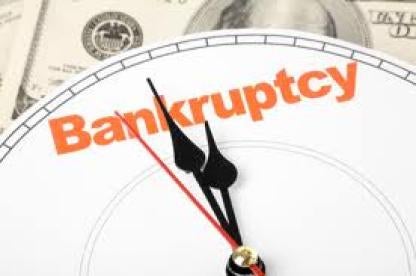Last week, the Second Circuit Court of Appeals reversed a bankruptcy court order barring tort claims for product defects against the purchaser of General Motors’ (“Old GM”) assets. The purchaser (“New GM”) had purchased Old GM’s assets “free and clear” in Old GM’s 2009 bankruptcy case under section 363 of the Bankruptcy Code. The Second Circuit’s ruling is certainly a victory for the plaintiffs who are seeking damages for personal injuries arising out of product defects and redress for lost economic value for defective vehicles. However, the court’s ruling also underscores the broad scope of “free and clear” sales under normal circumstances.
According to the plaintiffs, beginning in 2002, Old GM began installing ignition switches in numerous vehicle models that the company knew to be defective. The switches were prone to turn the vehicle off from minimal torque as light as a swinging key ring – even while moving. This caused the power-steering, power-brakes, and airbags all to turn off during operation. While Old GM employees knew of the defect, no notice was ever provided to customers. Rather, Old GM actively concealed the defect from customers and continued to install the defective switches in vehicles until it secretly changed the design in 2006. Old GM filed bankruptcy in 2009, never disclosing the faulty switch or corresponding potential liability to its customers, and consummated a sale of substantially all of its assets to New GM free and clear of all encumbrances four months later. New GM did not issue a recall for the defective switch until February 2014, and a multitude of plaintiffs immediately filed suit against New GM.
New GM sought to have the ignition switch cases dismissed, arguing that it could not be liable because it purchased Old GM’s assets free and clear of all claims, including the plaintiffs’ claims, under section 363. The bankruptcy court agreed. The court found that Old GM knew about the defect and its contingent liability to the plaintiffs at the time of the bankruptcy, and due process therefore required the plaintiffs to have been given proper notice and an opportunity to participate in the sale process. Nevertheless, the bankruptcy court held that the plaintiffs’ claims were barred because the court would have approved the sale free and clear of the plaintiffs’ claims even if the plaintiffs had objected, and therefore the plaintiffs could not demonstrate that they had been prejudiced by the lack of notice.
The Second Circuit upheld the bankruptcy court’s holding that due process required that proper notice be given to the plaintiffs, but it reversed the bankruptcy court’s ruling that the plaintiffs had failed to show that they had been prejudiced by the due process violation. Initially, the appellate court noted a split of authority as to whether a plaintiff must even show prejudice resulting from a due process violation. However, the court ultimately did not have to reach this issue because it found that the plaintiffs had in fact sufficiently demonstrated that they had been prejudiced. The court pointed out that the 2009 sale to New GM was a negotiated deal with input from multiple stakeholders resulting in New GM voluntarily assuming certain liabilities it was not legally required to assume. The court found that it was far from certain that there would not have been material differences in the terms of sale had the plaintiffs been at the bargaining table, especially considering the significance of their aggregated claims. Therefore, the court found that it could not “say with any confidence that no accommodation would have been made for [the plaintiffs] in the Sale Order” if they had been given an opportunity to participate in the sale and negotiation process.
The practical takeaway for parties and bankruptcy practitioners is to reinforce the need for debtors to fully disclose all potential liabilities in their bankruptcy proceedings, so that no creditors are left unbound by the process. Moreover, although it may be the debtor, as seller, who is responsible for notifying interested parties in the context of an asset sale under section 363, it is also crucial for a purchaser to ensure that proper notice is provided in order to avoid later being saddled with liabilities it thought were left behind. Notwithstanding these potential pitfalls, the Second Circuit’s decision underscores just how “free and clear” a sale under section 363 can be, provided that proper notice is given to all interested parties.



 i
i


